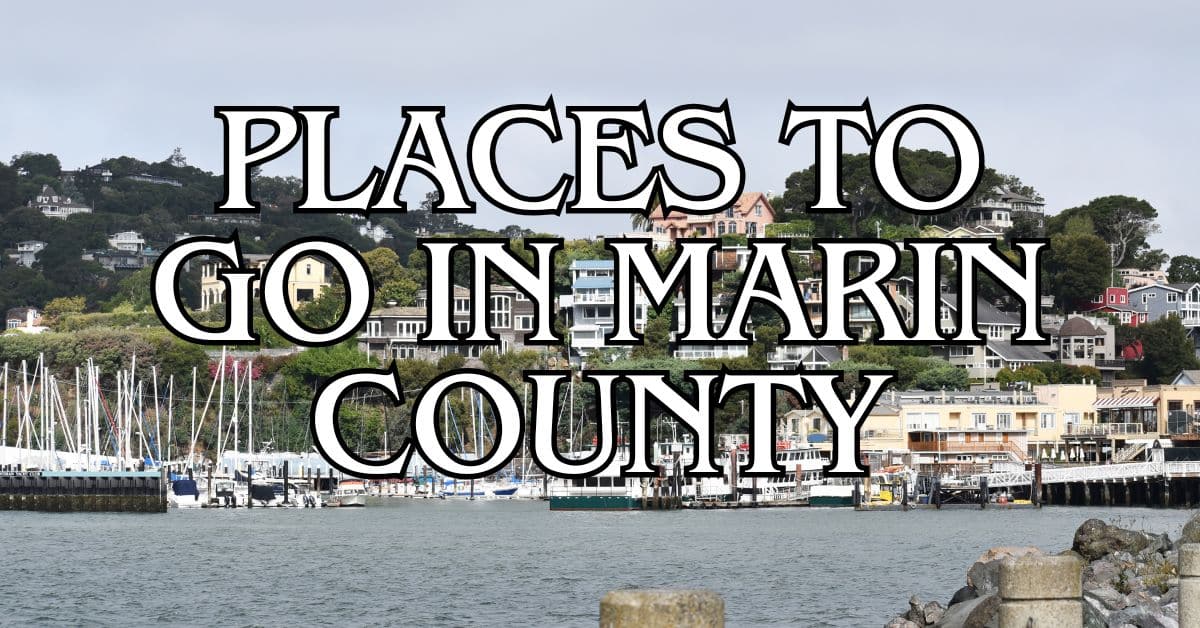San Rafael‘s Canal neighborhood faces a critical challenge. Rising sea levels and sinking land are creating a perfect storm of flooding risks that could leave thousands of residents without safe evacuation routes during emergencies.
This predominantly Latino community, right in the heart of Marin County, sits uncomfortably close to San Francisco Bay. Waters here are projected to rise a lot in the coming decades, threatening homes, businesses, and essential infrastructure.
Discover hand-picked hotels and vacation homes tailored for every traveler. Skip booking fees and secure your dream stay today with real-time availability!
Browse Accommodations Now
As climate change speeds up these environmental shifts, local officials and researchers are scrambling to come up with adaptation strategies. They’re hoping to act before parts of this vibrant neighborhood become totally unlivable.
The Dual Threat: Rising Waters and Sinking Land
The Canal district’s vulnerability comes from a troubling mix of factors. Sea levels around Marin County keep rising, but at the same time, the land under San Rafael is sinking by about 0.4 inches per year.
That double whammy makes flood risks worse, and it’s happening faster than many expected.
Critical Infrastructure at Risk
Evacuation routes in the Canal area are in a risky spot. The main exit roads sit only three feet above the current sea level.
During a big flood, people here could get trapped. It’s not just homes at risk—critical infrastructure like power facilities and wastewater treatment plants serving both San Rafael and Mill Valley could also end up in trouble.
State agencies project Bay Area sea levels will rise between 7 and 32 inches by 2050. UC Berkeley professor Kristina Hill has pointed to San Rafael as needing “very serious interventions” ahead of other Bay Area spots. That’s a pretty urgent warning.
The Climate Change Connection
The threat to the Canal neighborhood is part of a bigger pattern hitting coastal communities from Sausalito to Novato. NASA says global sea levels have gone up nearly 4 inches since 1993, and the pace is picking up.
This rise mostly comes from pollution—burning fossil fuels melts glaciers and drives stronger weather, which all feeds into higher seas.
Economic Implications Beyond Marin
The financial stakes go way past Marin County. The Union of Concerned Scientists says over 300,000 U.S. homes, worth more than $117 billion, could be at risk by 2045 if pollution keeps climbing.
Wealthy Marin communities like Tiburon and Belvedere might see big hits to property values as flooding gets worse. For Canal residents, though, the worries feel much more urgent—it’s about saving their homes, livelihoods, and the tight-knit community they’ve built.
Potential Solutions and Adaptation Strategies
Researchers from UC Santa Cruz have suggested horizontal levees as a possible fix for the Canal neighborhood. Instead of steep barriers, these systems use gradual slopes with plants that can soak up wave energy and offer ecological benefits too.
Legislative Support for Planning
Recent policy developments offer a bit of hope. California’s Water Resources Development Act of 2024 includes provisions that support sea level rise studies. This could help planning efforts in vulnerable communities like the Canal district.
Local officials from Corte Madera to Fairfax are watching closely. San Rafael is developing response strategies that might actually work as models for other threatened areas.
As Marin County faces these challenges, the Canal community’s experience shows the urgent need for planning that tackles both immediate flood risks and longer-term climate adaptation.
Here is the source article for this story: Experts issue warning over rising threat that could leave thousands of Americans stranded: ‘It will be a dynamic that doesn’t stop’
Find available hotels and vacation homes instantly. No fees, best rates guaranteed!
Check Availability Now





